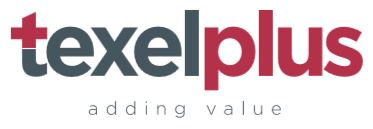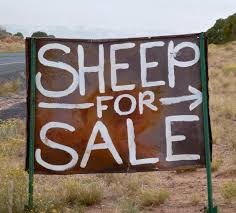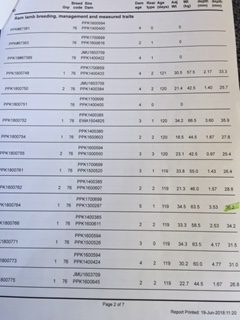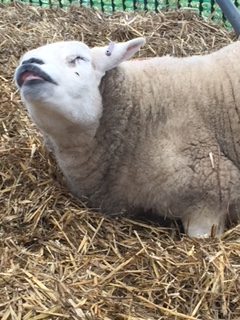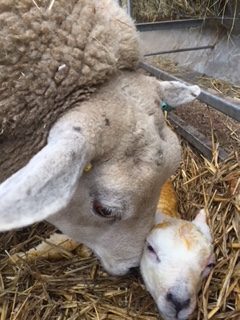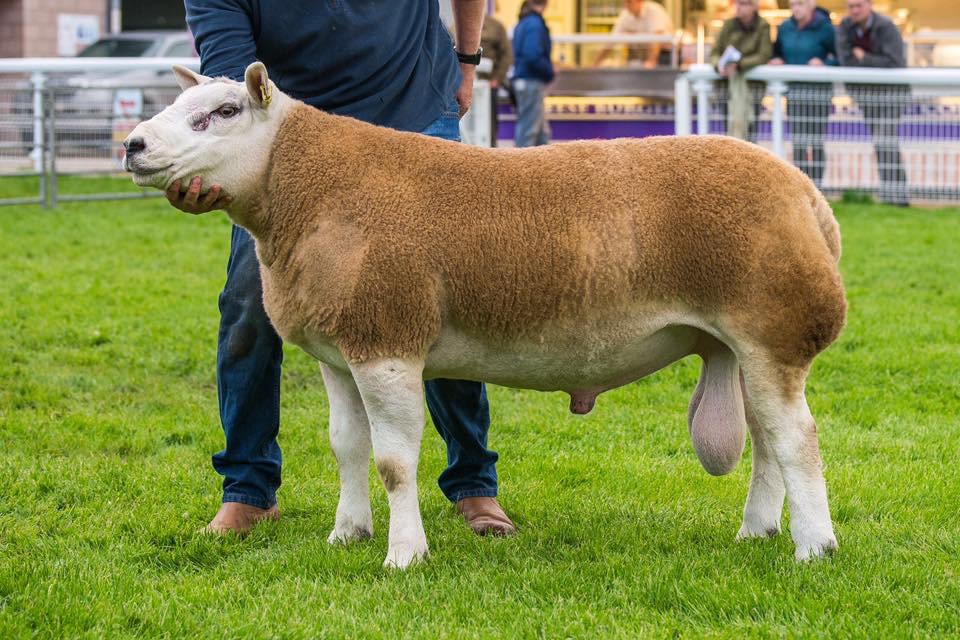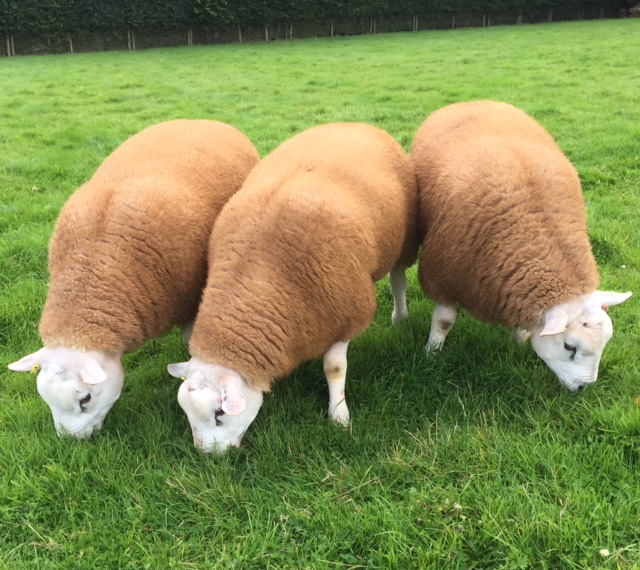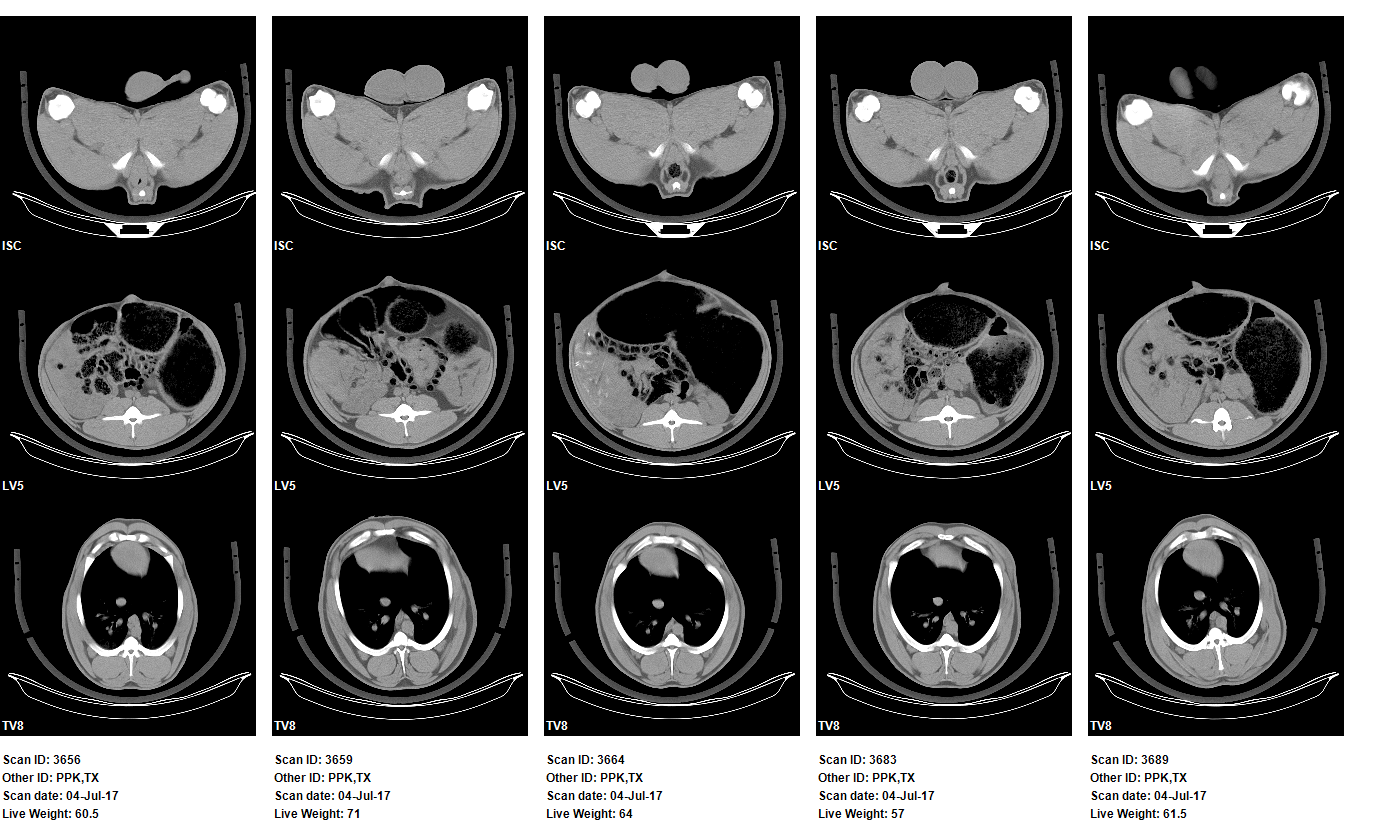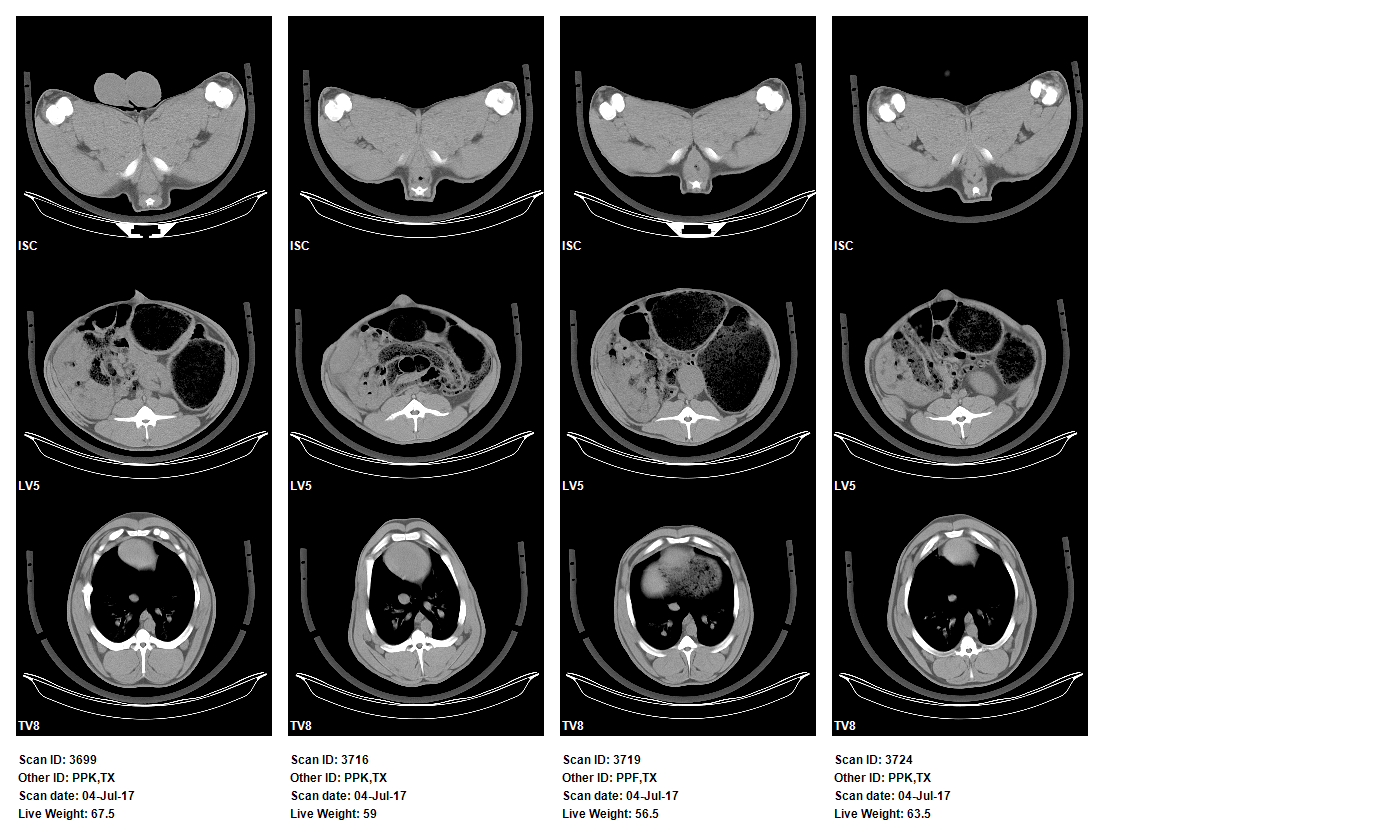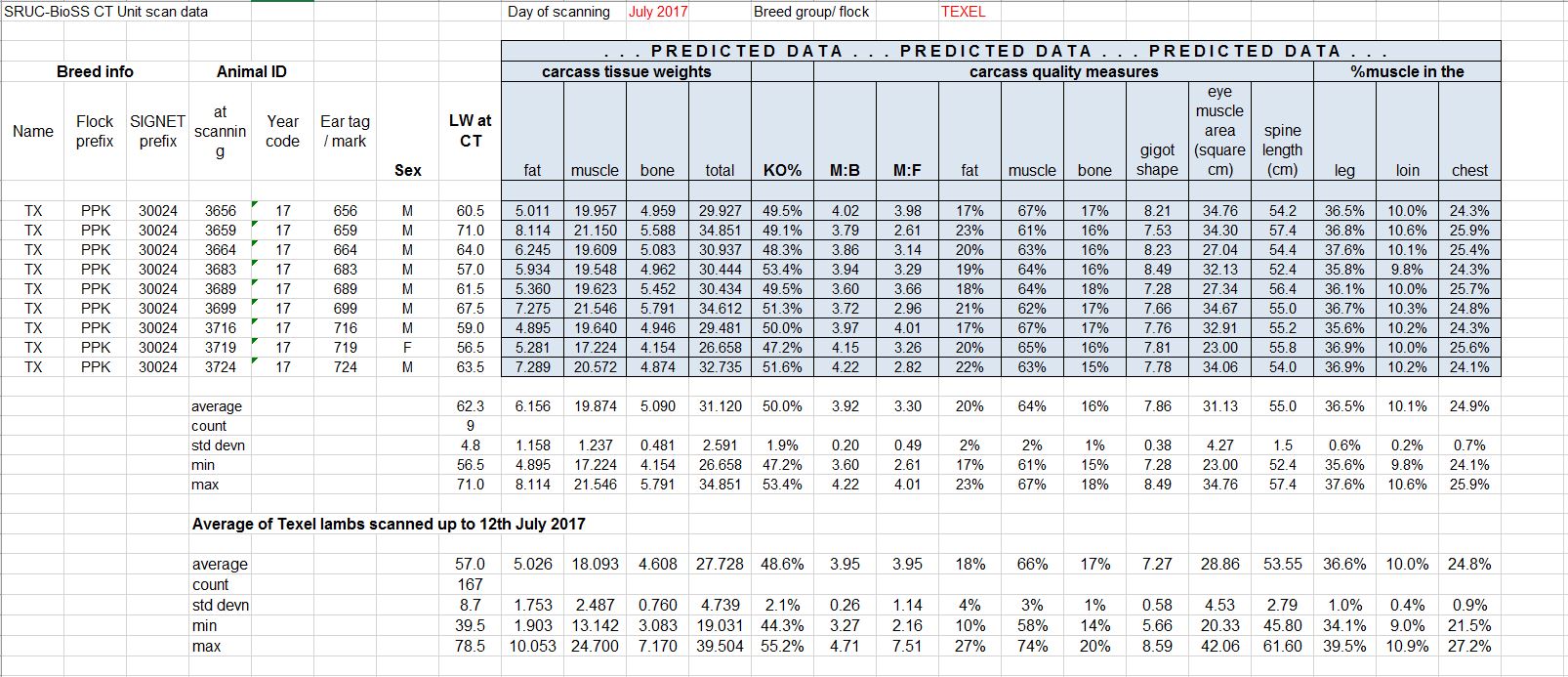April 1st 2019 will see some big changes to how performance recording is undertaken and delivered, this will mean a number of changes that users of this information need to understand.
- The Texel Sheep Society are now providing the recording service directly rather than through Signet (AHDB). This has been done to allow the Society to develop and integrate data collection with its registry services as well as to integrate the outputs from its £3M R&D projects. The service delivered will still use the National Terminal Sire (NTS) evaluation that Signet undertake as its base but will allow TSS to add new Texel specific breeding values as they become market ready. This is a benefit as previously the Texel breed could only move as fast as the slowest Signet customer, but inclusion in the NTS means that both Signet and Texel benefit from data sharing but the Texel breed can move at the speed it chooses to. As the UK’s leading Terminal Sire breed and the UK’s second most popular maternal breed this is really important for the Industry.
- The method used to calculate the BLUP evaluations has changed and animals now have their muscle/fat EBVs predicted for a fixed 40kg live carcass weight rather than at a fixed age. This removes double counting within the evaluation and as a reult made the traits more accurate. This has been done to make these traits more commercially focussed as lambs are more commonly drawn for slaughter once they hit the specified weight and fatness cover, rather than at an age. This has resulted in animals being reranked based on the new calculations.
- The terminal sire index has been reset to the average performance of the breed in 2010 rather than the base set in 1990. This has resulted in all terminal sire indexes reducing as the influence of 20 years of genetic gain has been removed. A new breed benchmark has been created so buyers can clearly see the changes and understand how an animal is ranked.
In summary, the information provided will be more relevant to commercial producers who wish to produce a 40kg lamb and it will be more accurate, but the overall index will be smaller as a result of 20 years of genetic gain being removed.
If you have any questions about this please contact Paul and he will be happy to talk you through them.
